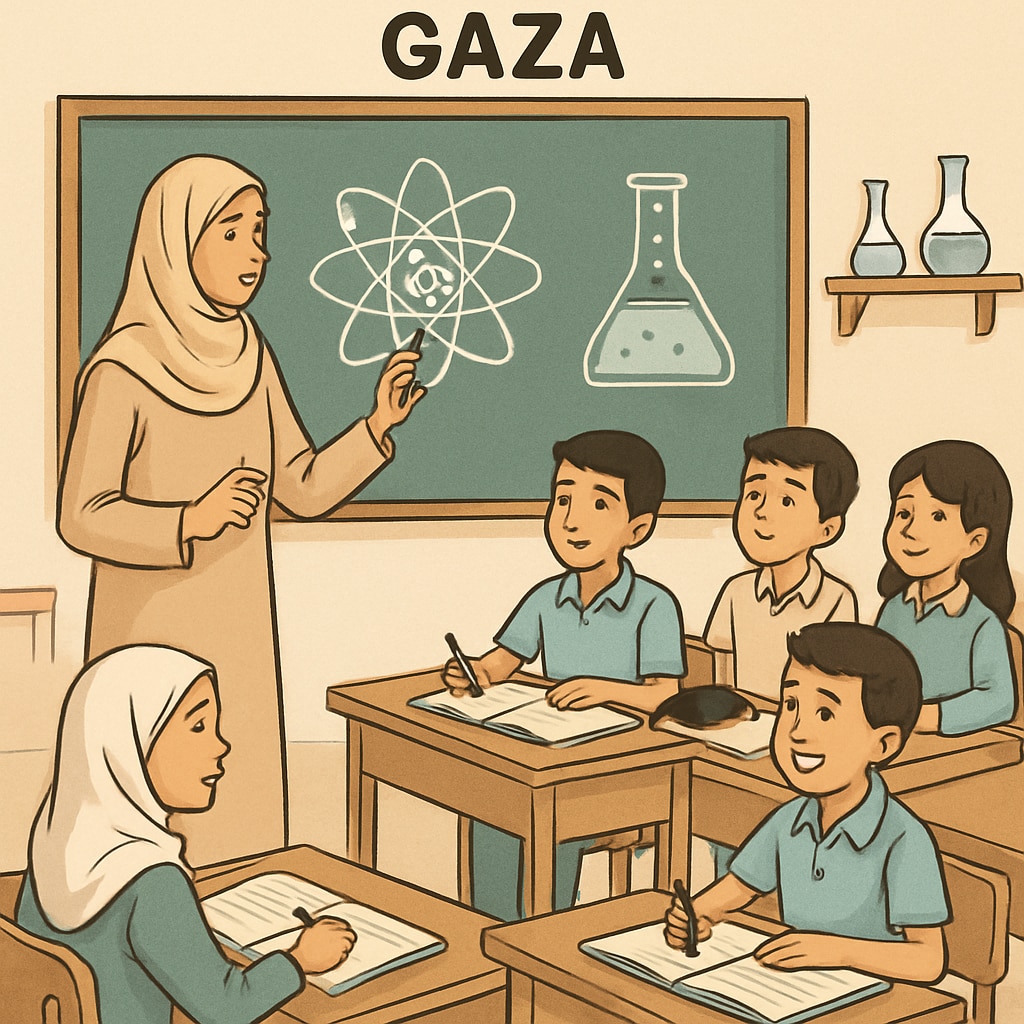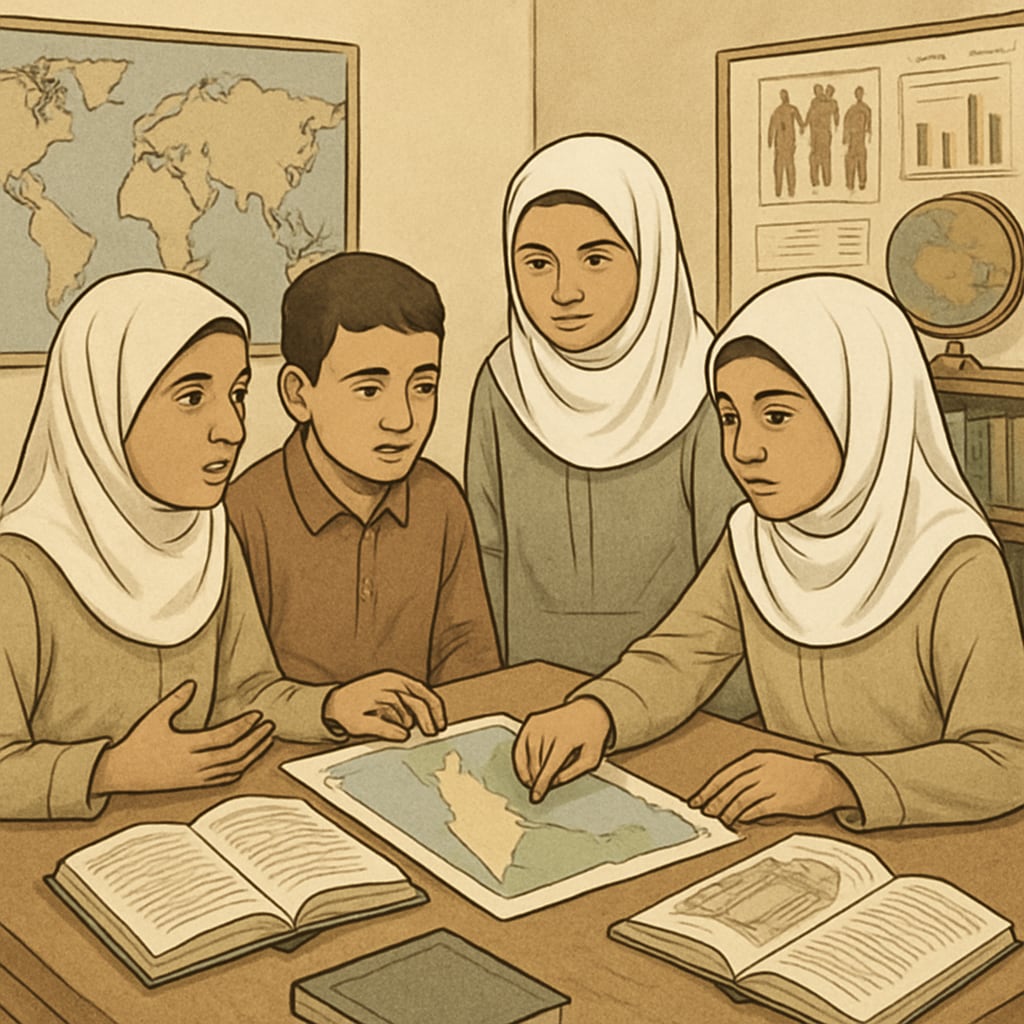The development of a comprehensive science and social studies curriculum for Gaza public schools is a pressing need in the aftermath of conflict. Education serves as a cornerstone for rebuilding communities, fostering critical thinking, and promoting peace. However, crafting teaching frameworks that respect local culture while cultivating scientific inquiry and social understanding presents unique challenges. This article delves into the importance and hurdles of creating effective curricula for Gaza schools, offering insights into how educators can balance local traditions with global perspectives to shape a brighter future.
Why Science and Social Studies Matter in Post-Conflict Education
Science and social studies are pivotal subjects in shaping a generation’s worldview. Science encourages logical reasoning, problem-solving, and innovation, while social studies teach the importance of history, culture, and human relationships. For Gaza, these disciplines can play a transformative role in nurturing young minds to think critically and work toward peaceful coexistence.
In addition, integrating peace education into social studies curricula can help students understand conflict resolution and the value of dialogue. Similarly, a robust science curriculum can inspire curiosity and technological advancement, paving the way for economic recovery and sustainable development.

Challenges in Developing Curricula for Gaza Schools
Designing effective curricula for Gaza schools requires addressing several challenges:
- Cultural Sensitivity: Curricula must align with local values and traditions while incorporating universal principles of education.
- Resource Constraints: Limited funding, infrastructure, and educational materials can hinder curriculum development and implementation.
- Training Educators: Teachers need specialized training to adapt to new curricula and teach both science and social studies effectively.
- Post-Conflict Trauma: Students and educators may struggle with psychological impacts that affect classroom dynamics and learning environments.
Despite these obstacles, international collaboration and innovative approaches can help overcome these barriers, ensuring quality education for Gaza’s youth.

Strategies for Building Science and Social Studies Frameworks
To create impactful curricula for Gaza schools, educators and policymakers can adopt the following strategies:
- Community Involvement: Engage local stakeholders, including parents, teachers, and community leaders, to ensure curriculum relevance and acceptance.
- Focus on Peace Education: Integrate lessons on conflict resolution, cultural diversity, and global citizenship within social studies programs.
- Promote Inquiry-Based Learning: Design science curricula that encourage experimentation, observation, and critical thinking to foster innovation.
- Leverage Technology: Use online resources and e-learning platforms to overcome material shortages and provide diverse learning opportunities.
- International Collaboration: Partner with global education organizations to access funding, expertise, and resources for curriculum development.
These strategies can help ensure that Gaza’s students receive an education that prepares them for the challenges of the modern world while respecting their cultural identity.
Conclusion: A Path Toward Educational Recovery
Developing science and social studies curricula for Gaza schools is more than an educational initiative—it’s a step toward healing and rebuilding a society. By addressing cultural sensitivity, resource limitations, and post-conflict challenges, educators can create frameworks that inspire learning, foster peace, and contribute to long-term societal growth. Through collaborative efforts and innovative strategies, Gaza can lay the foundation for a brighter and more hopeful future for its youth.
Readability guidance: The article uses short paragraphs, transition words, and lists to summarize key points. The text avoids excessive passive constructions and maintains clarity and accessibility throughout.


